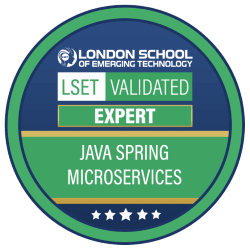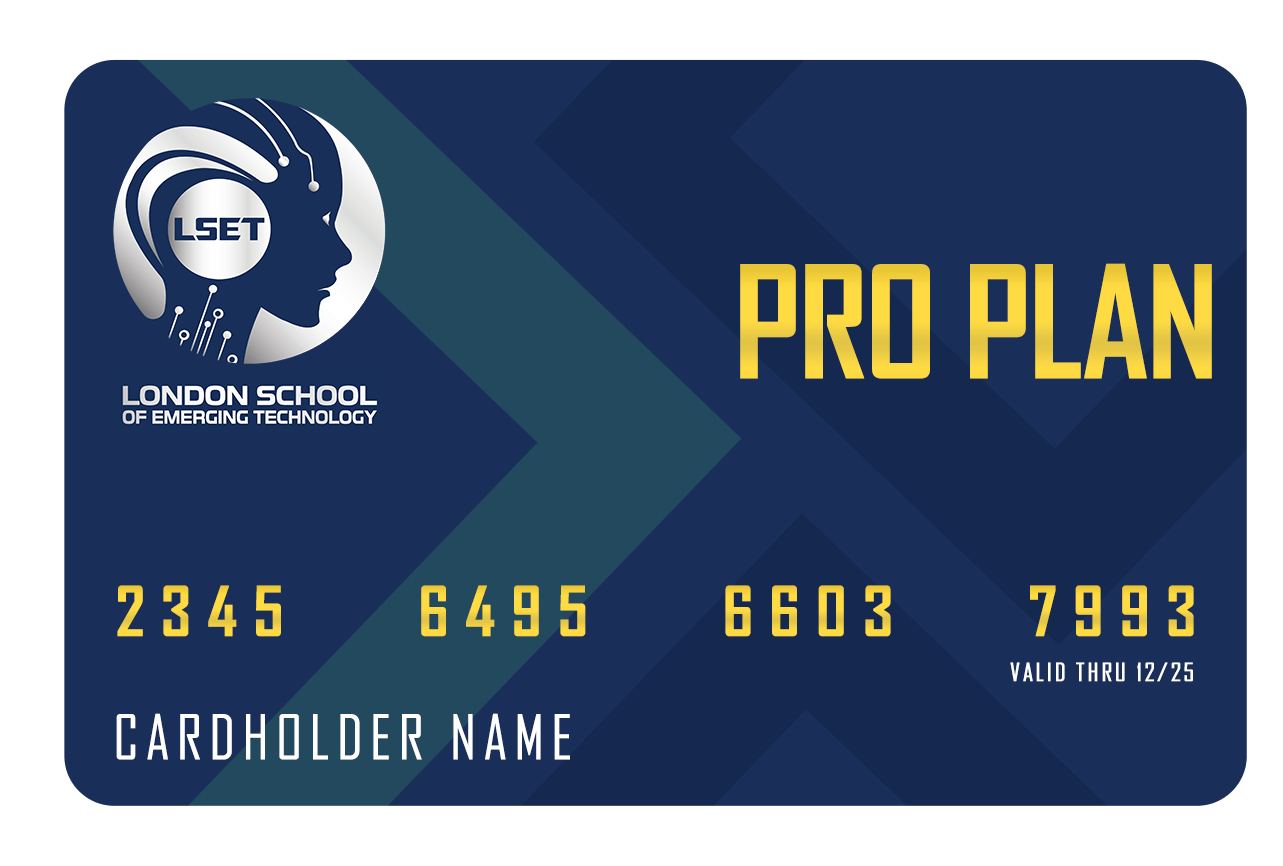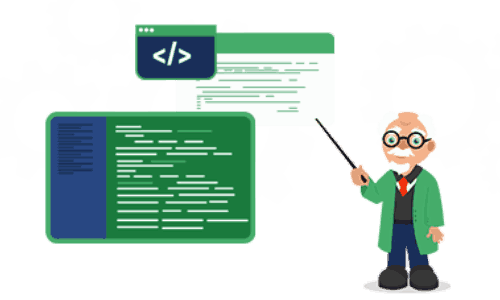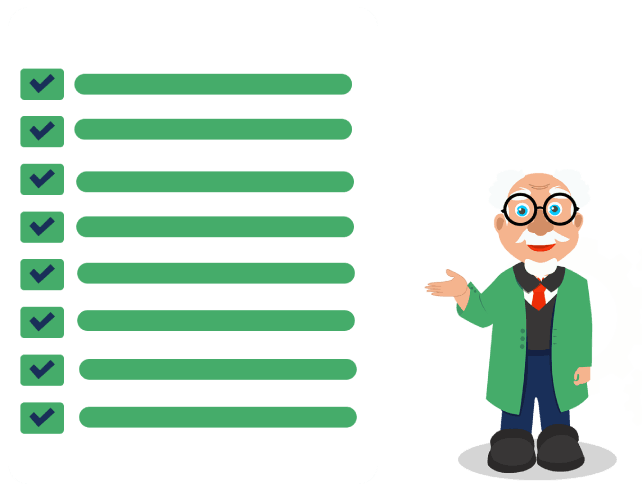Spring Boot: Spring Boot is an open-source Java-based framework widely known to create Microservices. It simplifies the creation of stand-alone, production-grade, ready to run Applications with minimal efforts.
Spring Cloud: Spring Cloud provides tools to build some of the common patterns like configuration management, service discovery, circuit breakers, intelligent routing, micro-proxy, control bus, one-time tokens, global locks, leadership election, distributed sessions, and cluster state in distributed systems.
Spring Cloud Security: Spring Cloud Security provides necessary functionality to build secure applications and services with minimum hassle. Spring Cloud Security can be configured externally or centrally. This helps to build large scale complex applications with remote components. With Spring Cloud Security, you can easily implement common patterns like single sign on, token relay and token exchange.
Docker: Docker enables to develop, ship, and run applications with minimal efforts. It allows us to separate our applications from our infrastructure which help in speeding up the software delivery. Docker helps to package and run an application in a loosely isolated environment called a container. We can run many containers simultaneously on a single host. Containers are lightweight and contain necessary configurations and libraries to run the application. We can easily share containers which can run on any server.
Kubernetes: Kubernetes is an open-source platform which help us managing containerised workloads and services. Kubernetes is portable and extensible which simplifies both declarative configuration and automation.

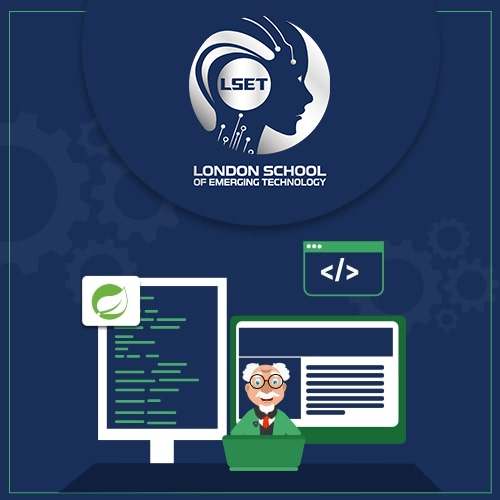

 Premium Career-Ready Track
Premium Career-Ready Track
